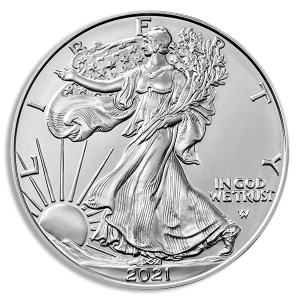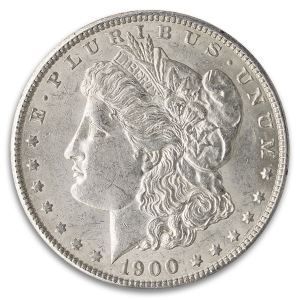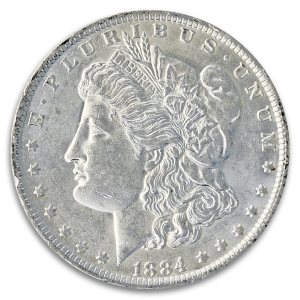$10 Indian Certified VF (Dates/Types Vary)





Price
$2,489.00
(3170 reviews)
Joel Hecht
2025/12/11
I wish they were open a little longer, for west coast customers.
Jay Simon
2025/12/09
So easy to order! Nice people! Have never had a problem with any order over the years!
DAVID WITZKE
2025/12/07
Easy
Ryan Toledo
2025/12/05
Great products as always
Peter Maltese
2025/12/01
Won't use again
Barry Borman
2025/11/30
super easy. very good site setup to navigate. I would have liked an email product was shipped. The package was just laid on the front porch. Thankfully I was only away from my home for a short period. Product was perfect. Thank you.
| President Theodore Roosevelt was unwavering in his vision to transform American coinage, which he considered lackluster and uninspiring. His ambition was to elevate U.S. coins to the same level of beauty and elegance as those of ancient Greece. To realize this goal, Roosevelt directed the U.S. Mint to commission the acclaimed sculptor Augustus Saint-Gaudens to design new coins, including the iconic $10 Indian Head Eagle gold coin. Saint-Gaudens was a well-established figure in Washington, often visiting Henry Adams, who introduced him to President Roosevelt. Their shared admiration for ancient Greek coinage sparked a collaborative effort to imbue American coins with similar grandeur. Although initially hesitant due to previous frustrations with the U.S. Mint, Saint-Gaudens ultimately agreed to take on the project. He became the first artist outside the Mint to design U.S. coins, marking a revolutionary change in American numismatics with his designs influenced by classical Roman and Greek art. The $10 Indian Head Eagle, minted from 1907 to 1933, features a striking obverse design with Lady Liberty donning a feathered headdress. The word "LIBERTY" is prominently displayed on the headband, and the minting year is inscribed below her neck. This design was a departure from previous coins, bringing a new level of artistry and detail. On the reverse side, Saint-Gaudens depicted a majestic eagle perched on an olive branch and a bundle of arrows, symbolizing a balance between peace and military strength. The inscriptions "UNITED STATES OF AMERICA" and "TEN DOLLARS" encircle the eagle, completing the design. The $10 Indian Head Eagle coin contains .48375 troy ounces of gold, with a composition of 90% gold and 10% copper. Each coin measures 2.03 mm in thickness, 27 mm in diameter, and weighs 16.718 grams. The coins were minted at the Philadelphia, San Francisco, and Denver mints. The production of these coins was intermittent between 1916 and 1933, adding to their historical significance and collector appeal. The Indian Head Eagle remains a testament to Roosevelt's vision and Saint-Gaudens' artistic genius, symbolizing a pivotal moment in the evolution of American coinage. Collectors and historians alike continue to admire the coin for its beauty, craftsmanship, and the historical narrative it represents. The VF (Very Fine) coin grade indicates a coin with moderate circulation wear, where most details remain sharp and clear. Key features, such as inscriptions and designs, are well-defined, making it a desirable grade for collectors seeking a balance between affordability and condition. |
| Metal | Gold |
|---|---|
| Weight | 0.4838 |




















